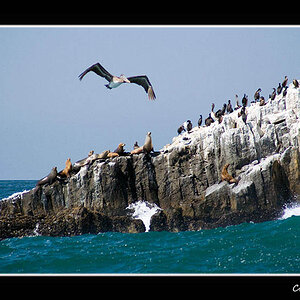carusoswi
TPF Noob!
- Joined
- Jul 15, 2007
- Messages
- 51
- Reaction score
- 0
- Can others edit my Photos
- Photos NOT OK to edit
Ok, I understand the crop factor as it applies to the use of lenses developed for 35 mm film cameras on digital SLRs. What I don't know about is what changes are designed into a lens that is developed for DSLR's from the beginning.
Many a salesman has stated that the long end of my 28-300 hyperzoom film lense equates to 450mm on a DSLR. Obviously, the lense hasn't changed, so the effect is purely due to crop factor caused by the smaller image pick-up area of the DSLR sensor.
So, if a lens is "optimized" for a DSLR, are the same variables in effect with merely the opposite result? Would not a DSLR 450 mm lense have a magnification factor equal to that in the optics of a 300 mm SLR lense?
It seems obvious to me that the image area covered by a DSLR lens is not going to fill the image area of a 35mm slr cam, but, if the magnification power of a 300 mm SLR lens remains constant, no matter the type of camera upon which it is mounted, would not the reverse be true . . . that the magnification factor of a 450 mm DSLR lens would be no more (or less) when that lens is mounted (if it can be physically mounted) on a 35mm film body camera?
So, in other words, if you were to crop out the central part of an image captured in both 35mm and DSLR formats, would not the actual size of the image remain constant between the two formats?
My question is purely theoretical, I understand.
But, it brings to mind other questions . . . such as, why were DSLR's developed not to conform with the aspect ratios of the well-established 35mm format that they have ultimately supplanted?
Thanks for any insights.
Caruso
Many a salesman has stated that the long end of my 28-300 hyperzoom film lense equates to 450mm on a DSLR. Obviously, the lense hasn't changed, so the effect is purely due to crop factor caused by the smaller image pick-up area of the DSLR sensor.
So, if a lens is "optimized" for a DSLR, are the same variables in effect with merely the opposite result? Would not a DSLR 450 mm lense have a magnification factor equal to that in the optics of a 300 mm SLR lense?
It seems obvious to me that the image area covered by a DSLR lens is not going to fill the image area of a 35mm slr cam, but, if the magnification power of a 300 mm SLR lens remains constant, no matter the type of camera upon which it is mounted, would not the reverse be true . . . that the magnification factor of a 450 mm DSLR lens would be no more (or less) when that lens is mounted (if it can be physically mounted) on a 35mm film body camera?
So, in other words, if you were to crop out the central part of an image captured in both 35mm and DSLR formats, would not the actual size of the image remain constant between the two formats?
My question is purely theoretical, I understand.
But, it brings to mind other questions . . . such as, why were DSLR's developed not to conform with the aspect ratios of the well-established 35mm format that they have ultimately supplanted?
Thanks for any insights.
Caruso


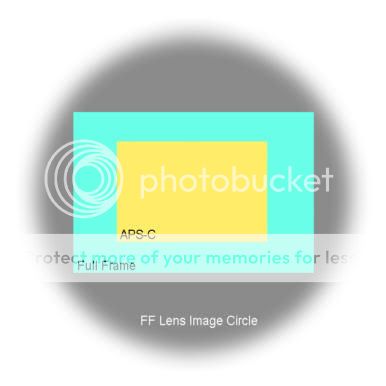
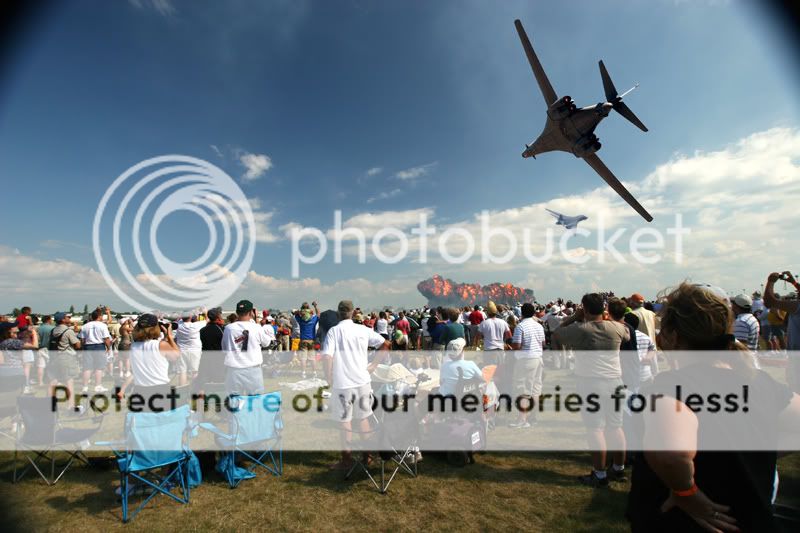
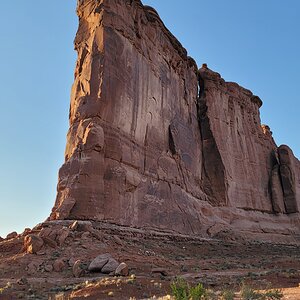
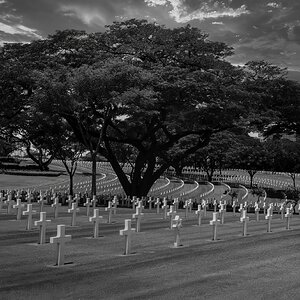

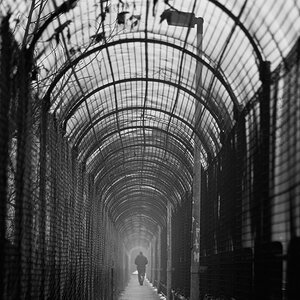
![[No title]](/data/xfmg/thumbnail/41/41778-1940e957c27e1919c300dfedbc32d1c3.jpg?1619739889)
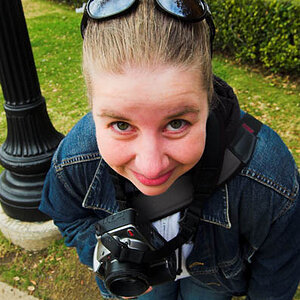



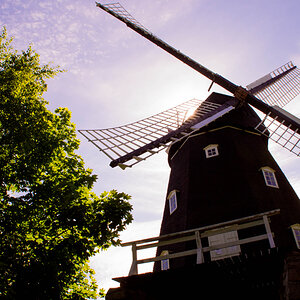
![[No title]](/data/xfmg/thumbnail/41/41890-a5975e67f00dd9340fcf9dba8728a762.jpg?1619739933)
